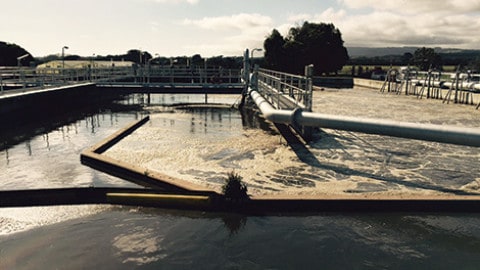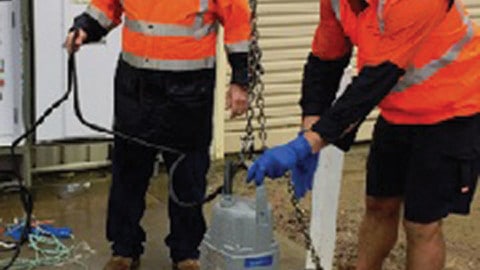Pump overview:
Lobe pumps are found across a variety of industries, specifically those where hygiene and sanitisation are crucial such as the chemical, food and beverage, pulp and paper, as well as pharmaceutical industries. Their popularity across these industries is largely because they offer excellent sanitary qualities along with a high degree of efficiency, reliability, and good Clean in Place (CIP) capabilities.
Like any positive displacement pump, energy is periodically added by application of force to movable boundaries of enclosed fluid containing volumes, resulting in a direct increase in pressure.

How does a lobe pump work?
Lobe pumps use rotating “lobes” to generate flow and move fluid around the interior of the pump. Depending on the desired application, a variety of lobe options can be offered including single, bi-wing, tri-lobe, and multi-lobe. The lobes in a lobe pump are driven by external timing gears situated in the gearbox, meaning each lobe rotates independently to generate flow. The external timing gears also prevent the lobes from making contact with each other.
1. The lobes rotate around the circumference of the pump casing, creating an opening at the suction port (inlet) as the lobes un-mesh. This generates a partial vacuum causing the fluid to enter the pump between the lobes.
2. The fluid travels around the interior of the casing in the pockets between the tips of the lobes and the close-fitting casing wall. The fluid does not pass between the lobes. When the lobes re-mesh, pressure is generated at the discharge port/outlet, forcing the fluid out.
Pump output is directly proportional to speed, and the direction of the fluid flow is reversible.

When could a lobe pump be used?
A lobe pump’s ability to carefully handle low shear fluids and medium, solids without damaging the product make it highly popular in food applications. Because the rotating lobes are non-contacting and clearances within the pump are not as tight as other positive displacement pumps, they generally struggle with lower viscosity fluids, however, they can handle larger particles more easily.
While it is true that a lobe pump possesses excellent sanitary qualities and offers reliable and careful handling of solids, ensuring you have the right pump for the right application involves a more thorough set of considerations. If in doubt, consult your pump supplier.
Article courtesy of Kelair Pumps Australia “When Pump Knowledge Matters” Phone 1300 789 466, or visit www.kelairpumps.com.au.


















